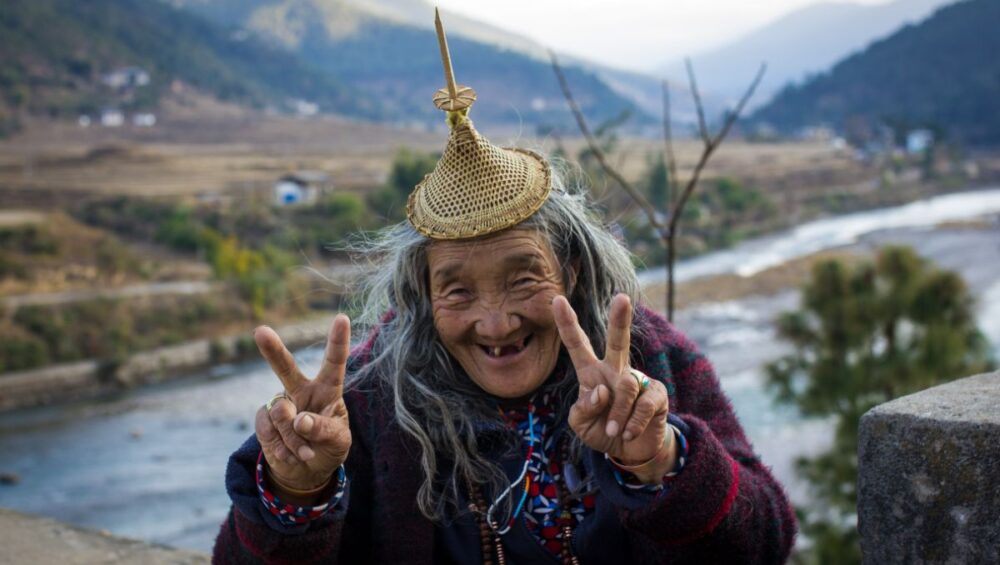Why Visit Bhutan?
Bhutan is the last independent Mahayana Buddhist country. Buddhism was introduced to Bhutan in the 8th century by Guru Padma Sambhava and is home to many sages and saints and sacred places. However, it was Zhabdrung Ngawang Namgyal who unified Bhutan in 17th century into one state one rule. He established the government system in 1652 and developed an administrative system, a code of law, but, the theocracy ended with Ugyen Wangchuk as the first king of Bhutan by popular consensus in 1907. Bhutan has been fortunate to have benevolent monarchs and on 31st December 2007, the country made a historic move towards democracy, initiated by His Majesty, the Fourth King. Although the majority of the population are Buddhists, we also have Hinduism in the southern Bhutan. Every aspect of life in Bhutan is influenced by Buddhist beliefs, culture and traditions.
Bhutan has adopted a policy of “high value-low volume” tourism that controls the number of tourists and types of tourism based on the principle of sustainability that tourism should be environmentally and ecologically friendly as well as socially and culturally acceptable and economically viable. Since its initiation in 1974, the government has maintained the number of tourists at a manageable level.
Bhutan is famous for its pristine environment and efforts at culture preservation as well as for its concept on GNH. Bhutan believes in Gross National Happiness (GNH) more than Gross Domestic Product (GDP). The philosophy of GNH was conceived by His Majesty the Fourth King of Bhutan, Jigme Singye Wangchuck in the 1970s. Happiness and well-being has always been the concern of the Fourth king of Bhutan and that the purpose of development is happiness. GNH stresses that the government must depend on how well its policies and actions support this goal. It is founded on the belief that the realization of happiness lies in balancing between pursuing material and spiritual needs. GNH offers a holistic approach that the mind receives equal attention as well as gives equal importance to non-economic aspects of wellbeing and does not discard GDP completely.
The concept of GNH is often explained by its four pillars of good governance, sustainable socio-economic development, cultural preservation, and environmental conservation. The four pillars have been further classified into nine domains in order to create widespread understanding of GNH and to reflect the holistic range of GNH values. The nine domains are: psychological wellbeing, health, education, time use, cultural diversity and resilience, good governance, community vitality, ecological diversity and resilience, and living standards. The domains represents each of the components of wellbeing of the Bhutanese people, and the term ‘wellbeing’ here refers to fulfilling conditions of a ‘good life’ as per the values and principles laid down by the concept of Gross National Happiness (www.grossnationalhappiness.com)






